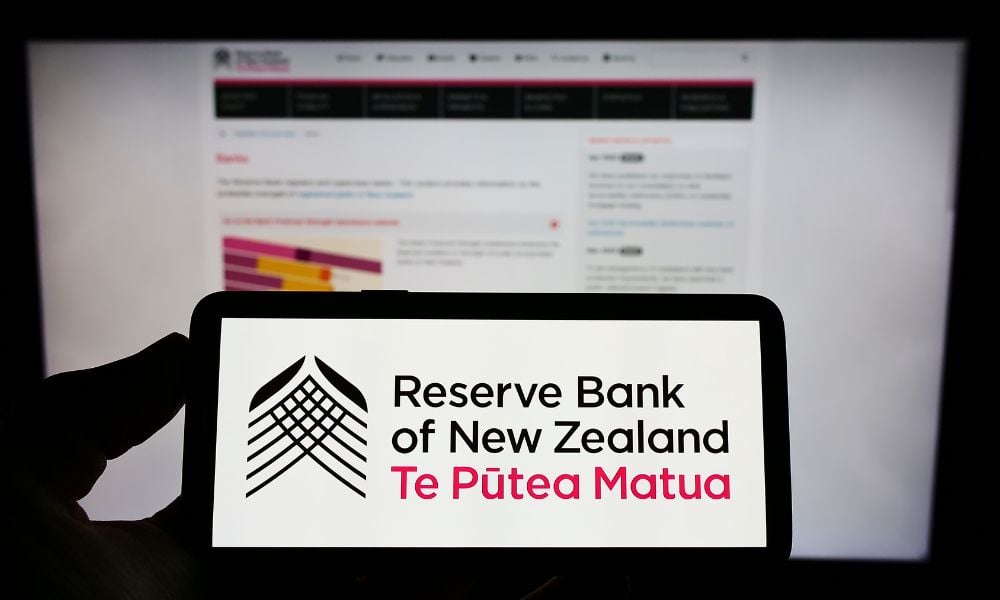Interest rates must stay within approved range all year – no exceptions

The Reserve Bank of New Zealand – Te Pūtea Matua (RBNZ) is placing price stability, financial system resilience, and public trust at the centre of its operations for the 2025/26 financial year, according to its latest Statement of Performance Expectations (SPE).
It will focus on supporting the Monetary Policy Committee (MPC) to make decisions that help maintain stable prices. It will measure how useful its research is by surveying MPC members after each meeting. All members must agree the information helped them make informed decisions for RBNZ to meet its target.
Another key target is making sure RBNZ’s monetary policy decisions are clearly communicated. At least 70% of key messages must be picked up accurately by external audiences, such as media and financial markets. The bank will also monitor interest rates to make sure they stay within the approved range – with no margin for error.
The plan is built around four main work areas: monetary policy, financial system stability, central bank operations like cash and payments, and the new Depositor Compensation Scheme (DCS), which starts on July 1, 2025.
For financial stability, RBNZ will monitor how well banks, insurers, and other financial institutions respond to its recommendations. These institutions are expected to submit and complete action plans in response to supervisory findings. The bank will also evaluate the quality of its own prudential policy proposals using a panel scoring system, with a target average of 3.5 out of 5.
Public trust is another focus. RBNZ is aiming to increase the number of New Zealanders who understand what it does – from a baseline of 38% in 2024 – with a long-term target of 50% by 2030. It also wants to rank alongside other respected public agencies when it comes to trust.
On the operational side, RBNZ is expected to keep the country’s core payment systems running with at least 99.9% uptime. It also aims to fulfil all banknote and coin orders on time and keep counterfeiting rates within limits.
Meanwhile, the DCS has one performance target for the year: that internal testing confirms readiness to make a payout if required.
RBNZ expects to bring in $486 million in revenue for the 2025/26 financial year and spend $204 million, leaving a projected surplus of $282 million. The DCS will contribute $80 million in revenue and $8 million in expenses.



